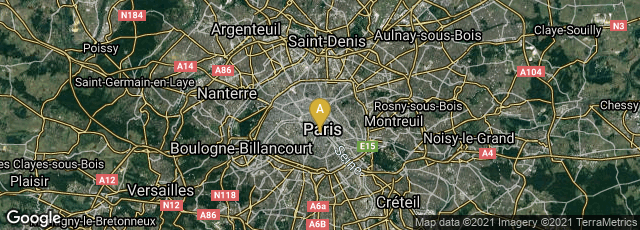

A: Paris, Île-de-France, France
In mid-eighteenth century France the level of connoisseurship in art, and in the art market in general, including the rare book trade, made significant advances. A significant landmark was the publication of the Edmé-François Gersaint, P.-C.- A. Helle, and and Jean-Baptiste Glomy catalogue raisonnée of the works of Rembrandt (1752), the first significant catalogue raisonnée in Western art history.
As a result of this growing connoisseurship, and perhaps also as a result of Glomy's experience in editing the Rembrandt catalogue raisonnée, in 1756 commissaires-priseurs Jean-Baptiste Glomy (172?-1786) and Pierre Rémy (1715?-1797?) issued an auction catalogue that reflected a new level of scholarship and sophistication. In the auction catalogue of the sale in Paris of the paintings, sculpture in bronze, sculpture in marble, drawings, prints, porcelain, and furniture collected by Camille d'Hostun, Duc de Tallard, which they called a catalogue raisonnée, the auctionners authoritatively attributed works of art to a specific artist or workshop based on their own expertise. Prior to this catalogue descriptions of paintings in auction catalogues were vague, and often identified only by school, with little distinction made between originals and copies.
The Tallard auction catalogue was entitled Catalogue raisonné des tableaux, sculptures, tant de marbre que de bronze, desseins et estampes des plus grands maîtres, porcelaines anciennes, meubles précieux, bijoux et autres effets qui composent le cabinet de feu Monsieur le duc de Tallard par les sieurs Remy & Glomy (1756). My copy of this catalogue is of special interest for including in manuscript not only prices realized, but also buyers' names, and also the names of collectors that certain buyers were representing. At the back of the copy is an 8-page printed addenda describing items that were left out of the main catalogue, and a schedule of dates that lots would be sold. This is followed by a second 4-page addenda with further scheduling of lots. The engraved frontispiece depicts an art auction in progress. The single additional engraved plate in the catalogue, facing p. 236, illustrates a very large and very old marble column, to which the auctioneers wanted to draw special attention.
Watson, From Manet to Manhattan. The Rise of the Modern Art Market (1992) 58-59.
Michel, Le Commerce du tableau à Paris (2007) 232. For Rémy see 73ff.
(This entry was last revised on 06-03-2014.)